Giant Ragweed
- Composite or Aster (Asteraceae family):
- Ambrosia trifida L.
- EPPO code:
- AMBTR
- Other names:
- Great ragweed, kinghead, tall ragweed
Species information
- Lifecycle:
- Annual
- Propagation:
- Reproduces by seed, unisexual.
- Emergence:
- Most seedlings emerge from early spring to early summer.
- Range and habitat:
- Most common in southern and central regions of Eastern Canada, establishes in all soil types.
- Competitiveness:
- Extremely competitive at high densities. In field crops yield losses can approach 90%.
- Resistance:
- Populations resistant to Group 9 (for example, glyphosate) and Group 2 (for example, Classic) herbicides exist in Ontario.
Identification clues
Leaves
- Cotyledons:
- Spoon shaped, thick and oblong, 3-4 times larger than common ragweed.
- Young leaves:
- First pair of leaves opposite and without lobes.
- Stem:
- Erect, hairy and branched; up to 4 m in height.
Mature plant
- Stem:
- Erect, hairy and branched; up to 1.5 m in height.
- Flowers:
- Male and female flowers exist on separate flower heads. The pollen producing male flowers are most visible and resemble upside down bowls. The seed producing female flowers are below the male flowers and located in the leaf axils. Flowers from August to October.
Helpful tip
New seedling plants resemble sunflower seedlings. Larger plants are distinguished by its rough feeling leaves with 3-5 distinct lobes and very tall stature. Giant ragweed is a major cause of hay fever from August to September.
Often mistaken for
I know it's not Goldenrod because Goldenrod is a smaller plant, with narrower leaves that lacks lobes and with distinct, bright yellow flower clusters, whereas giant ragweed flowers are in clusters of what look like tiny green round seeds (flowers do not have petals) that are bunched together.
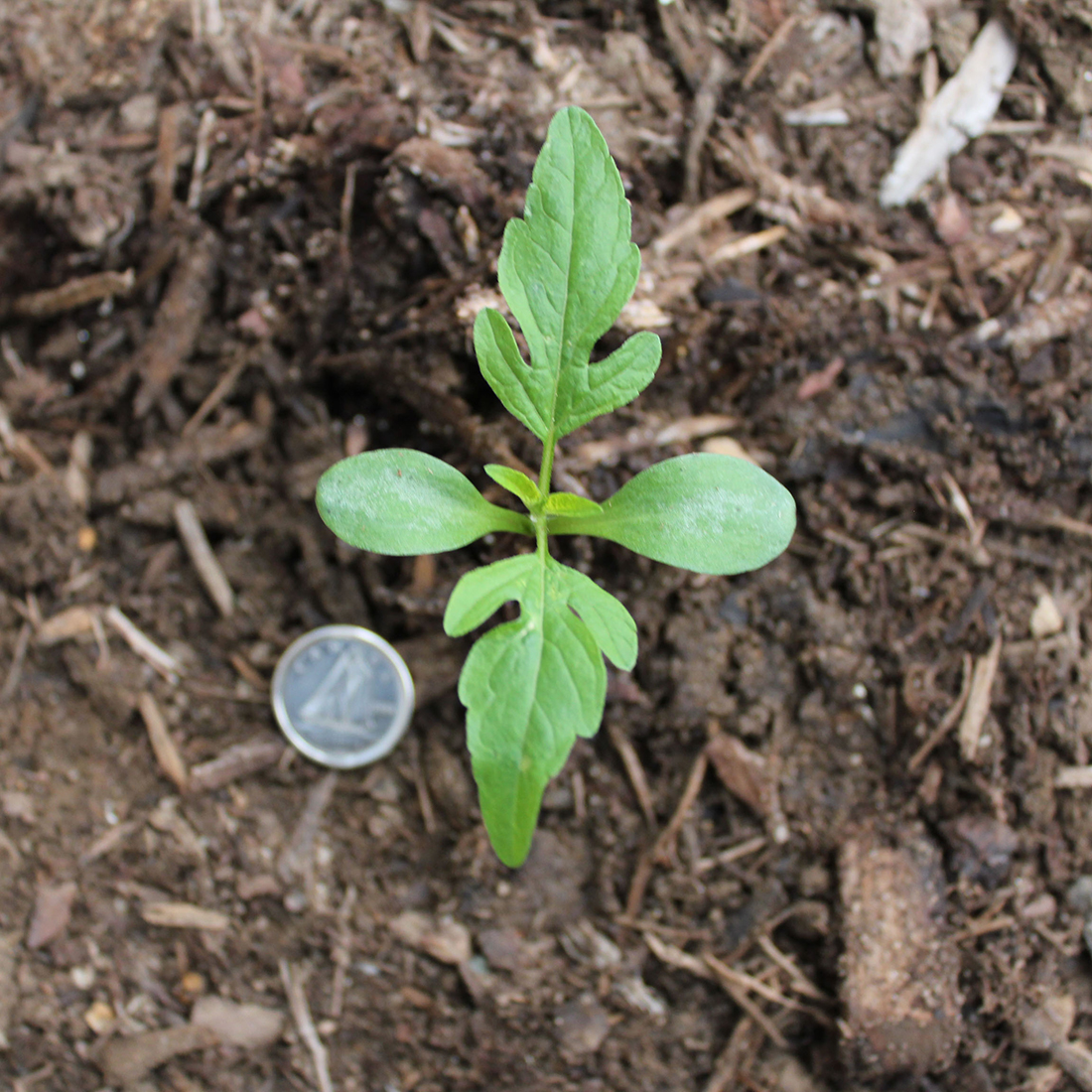
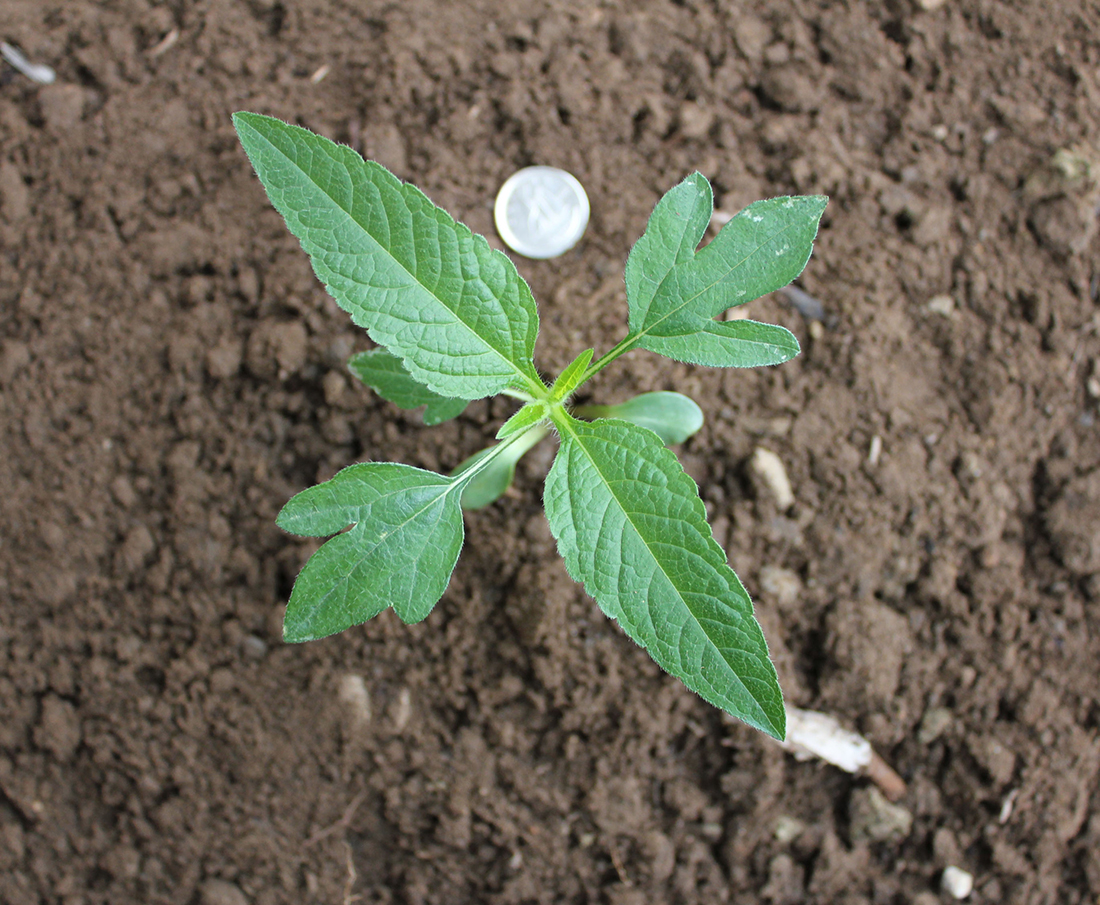
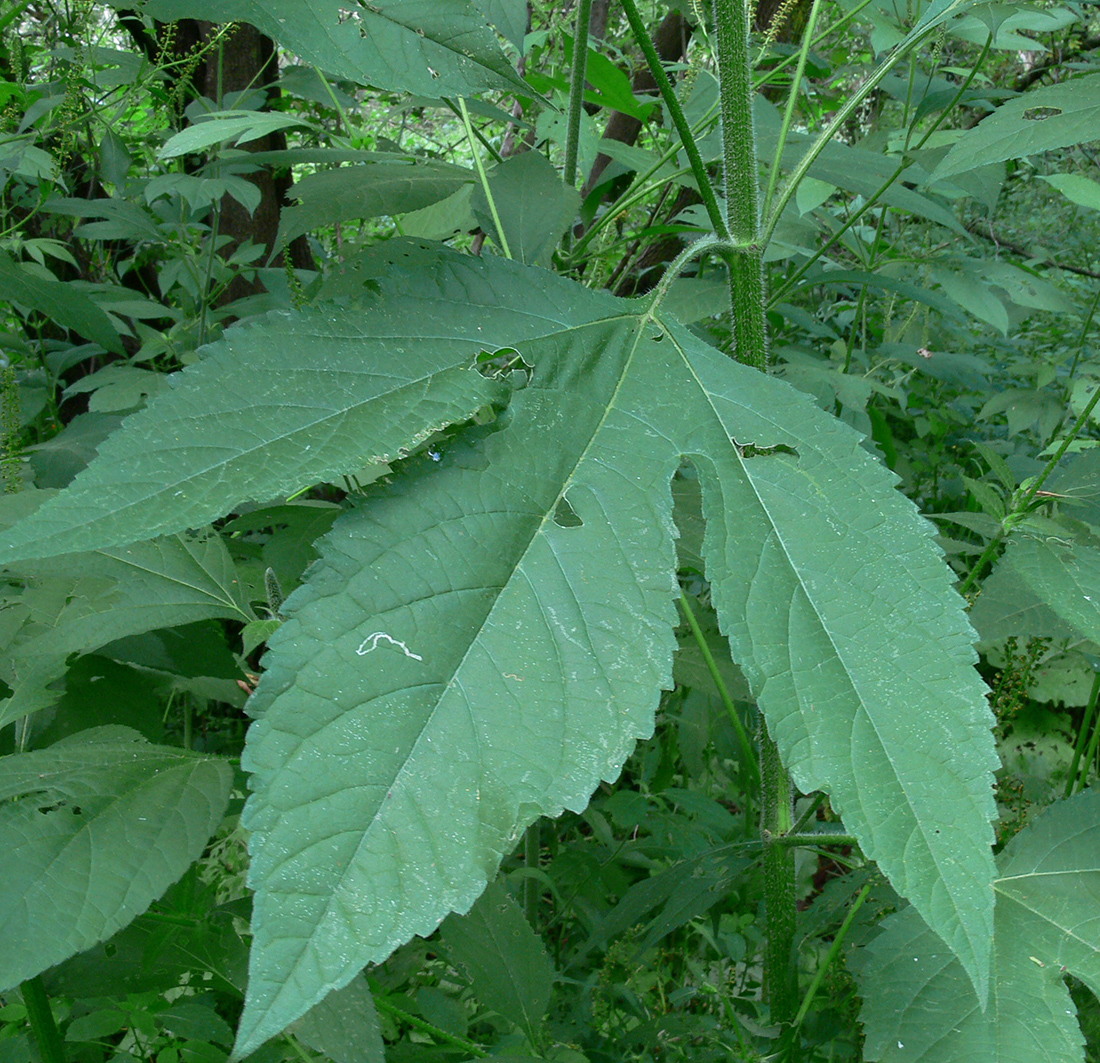
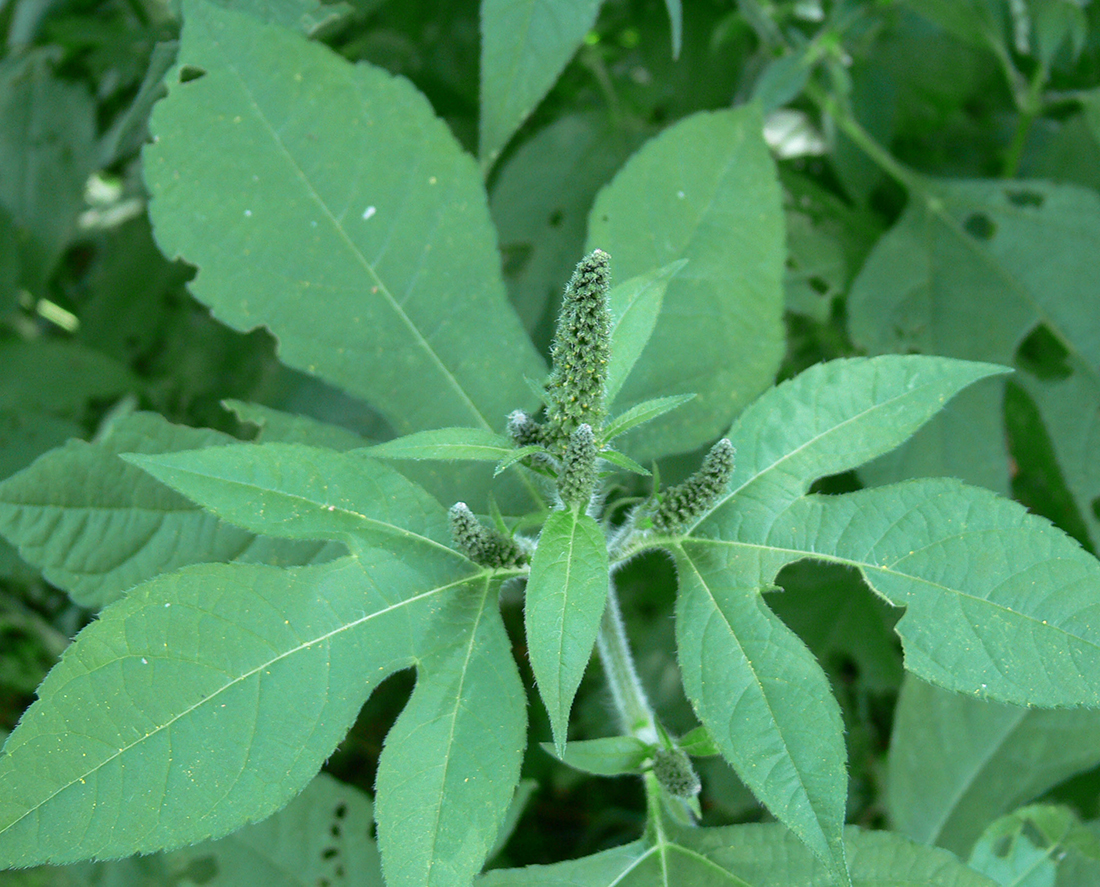
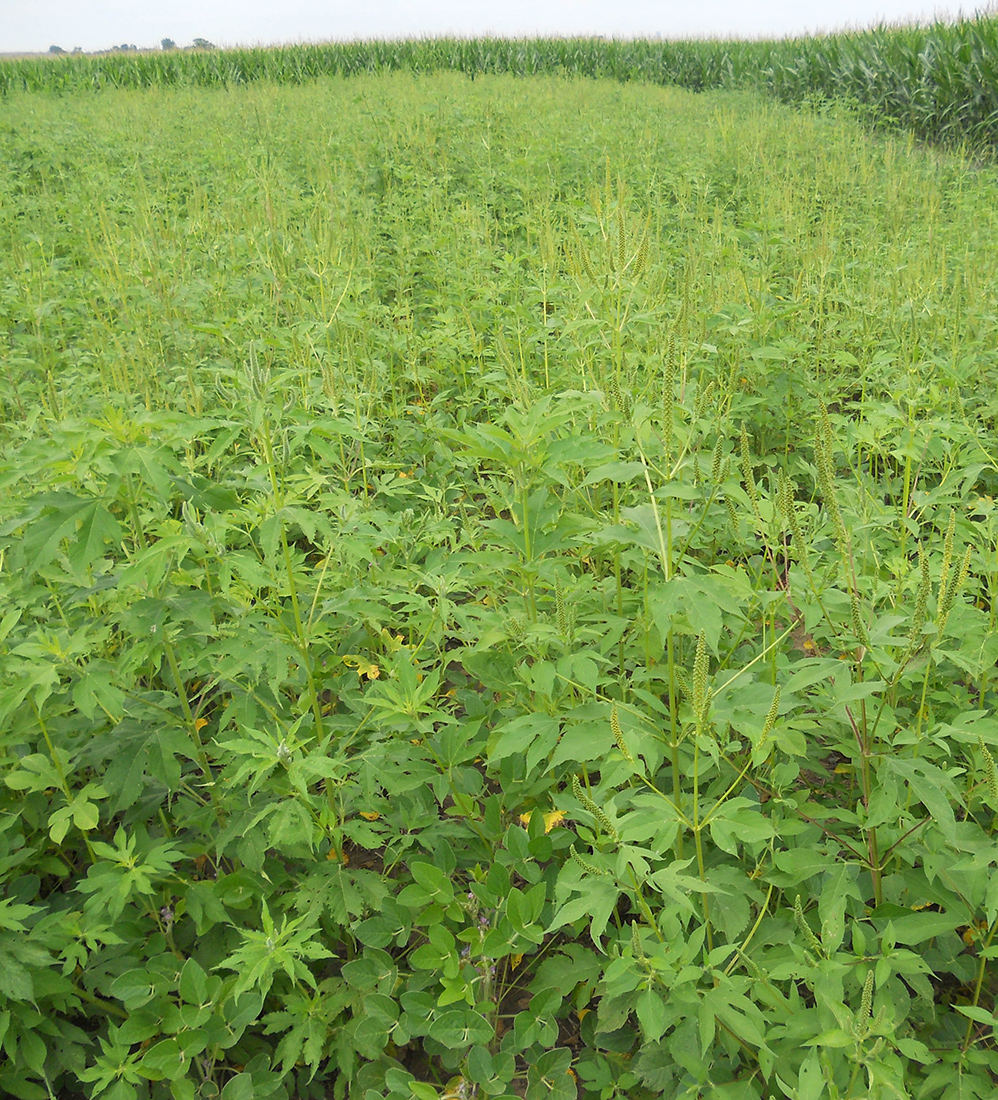
Updated: January 13, 2023
Published: January 13, 2023